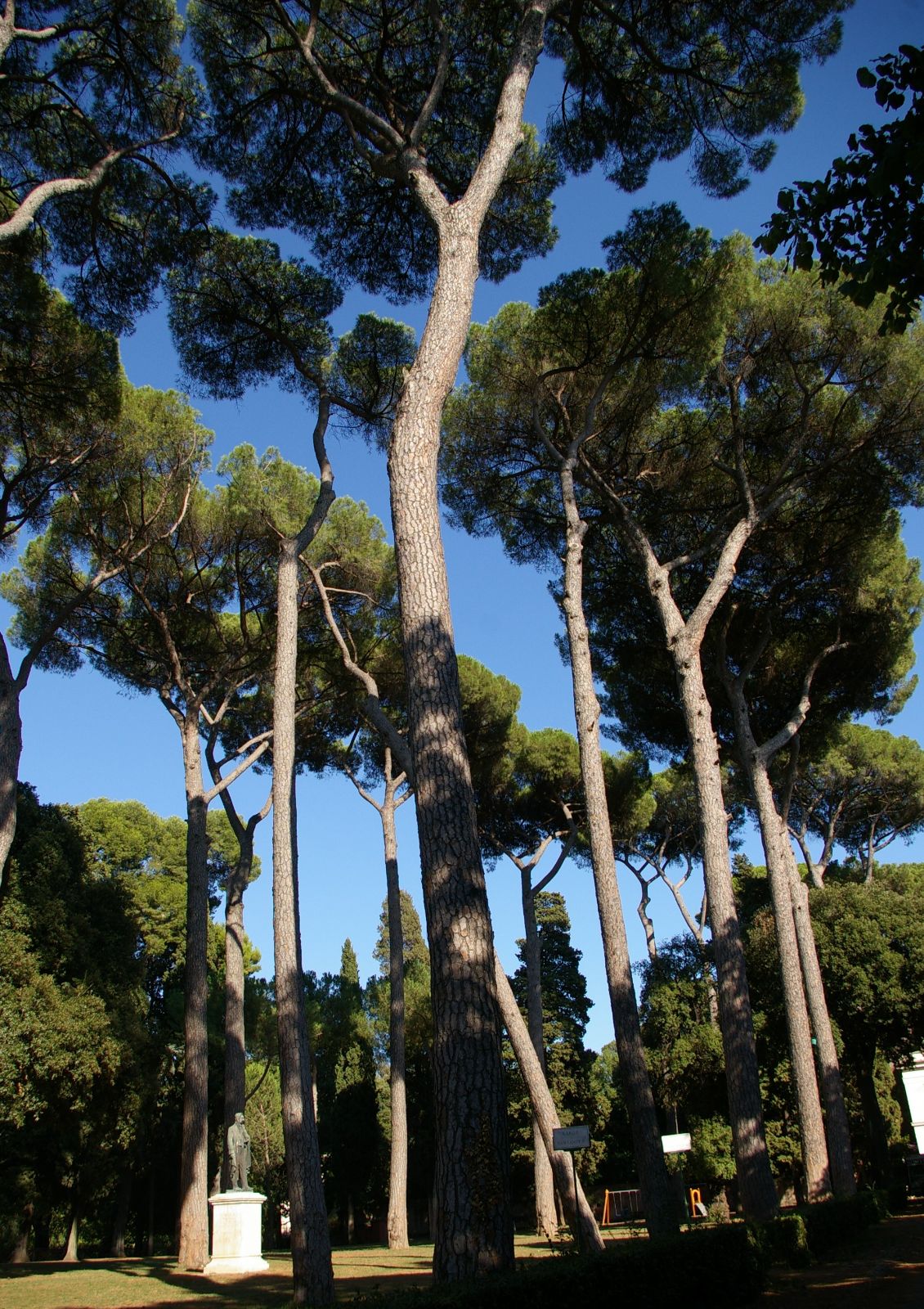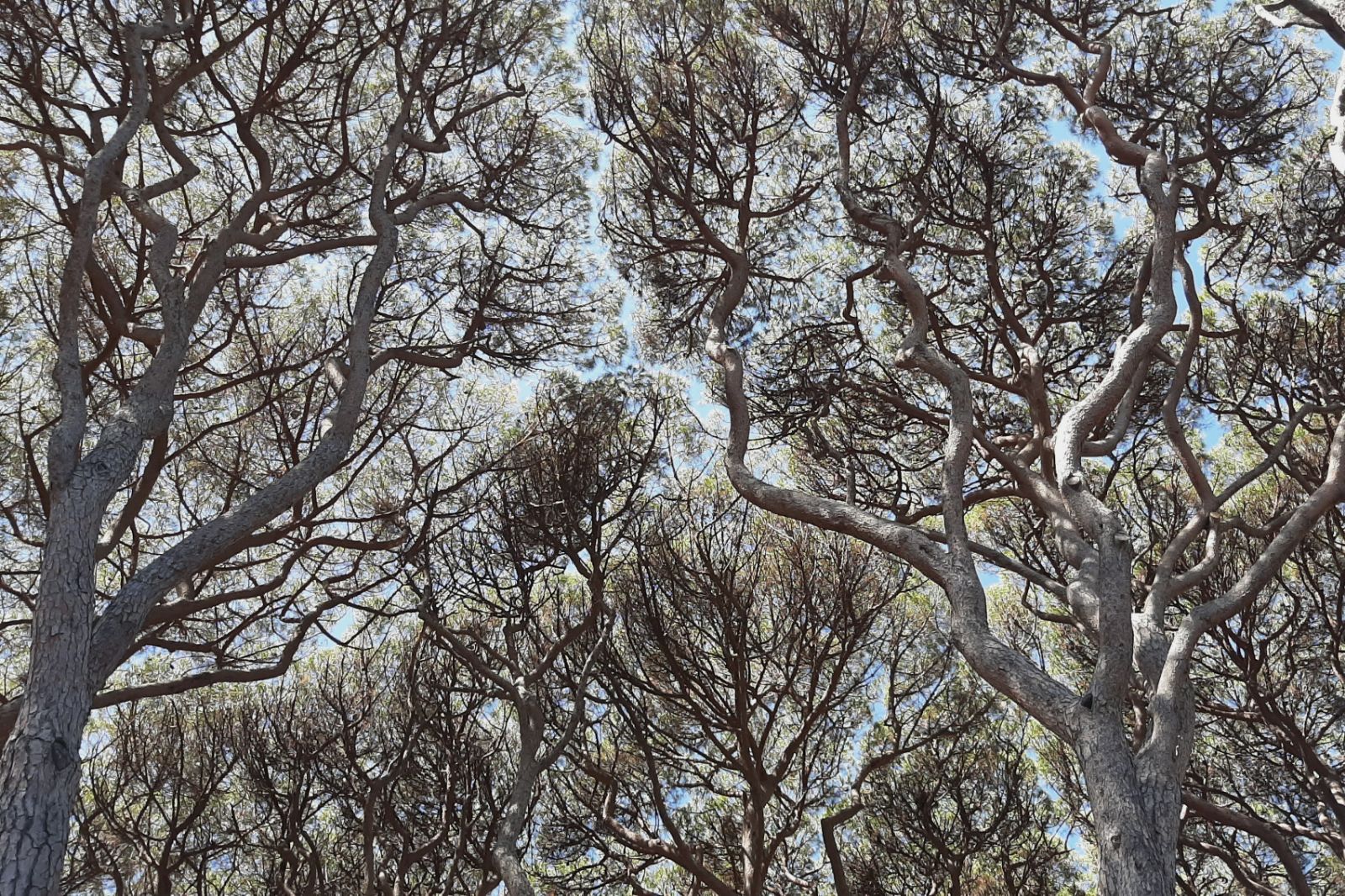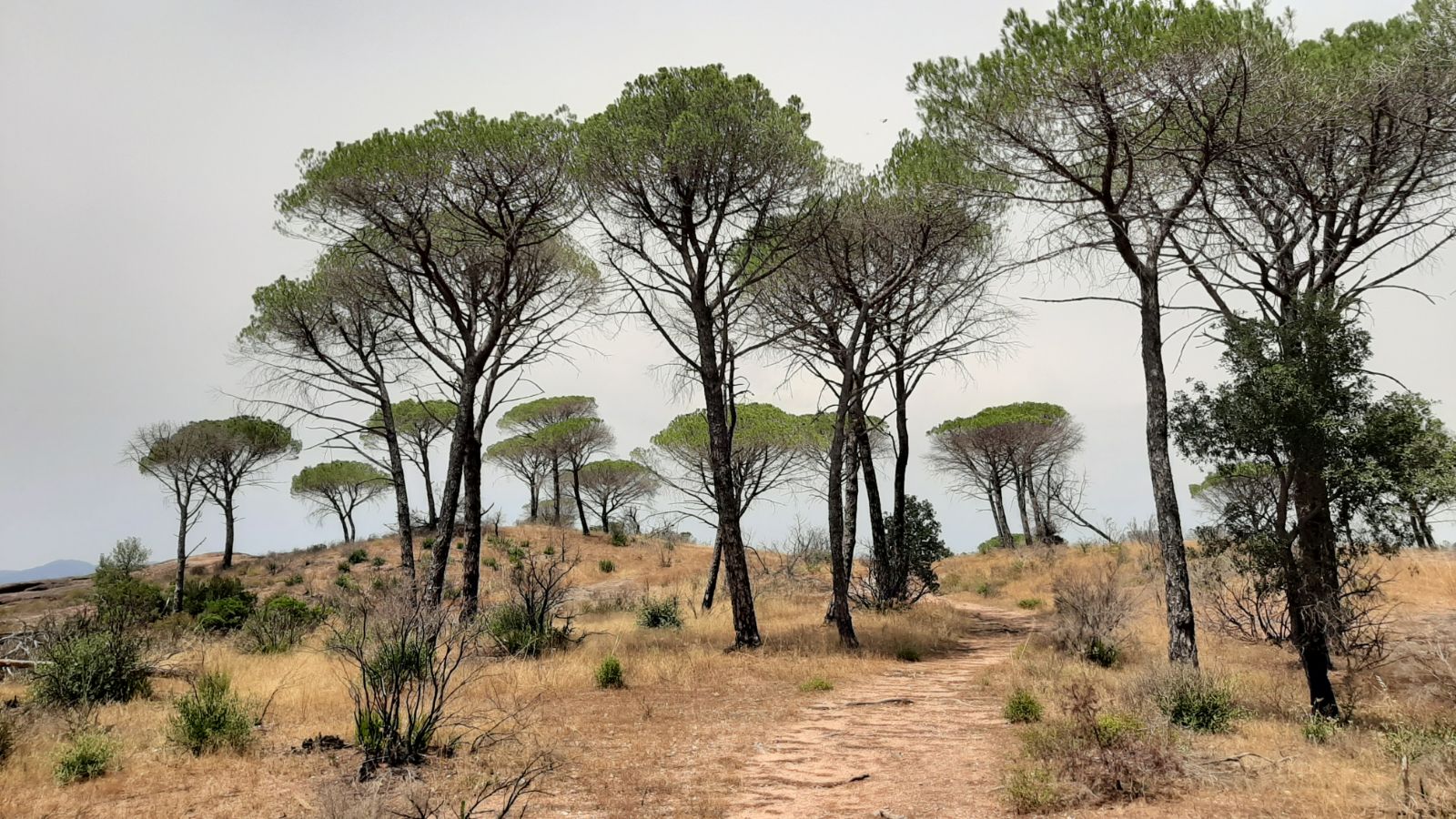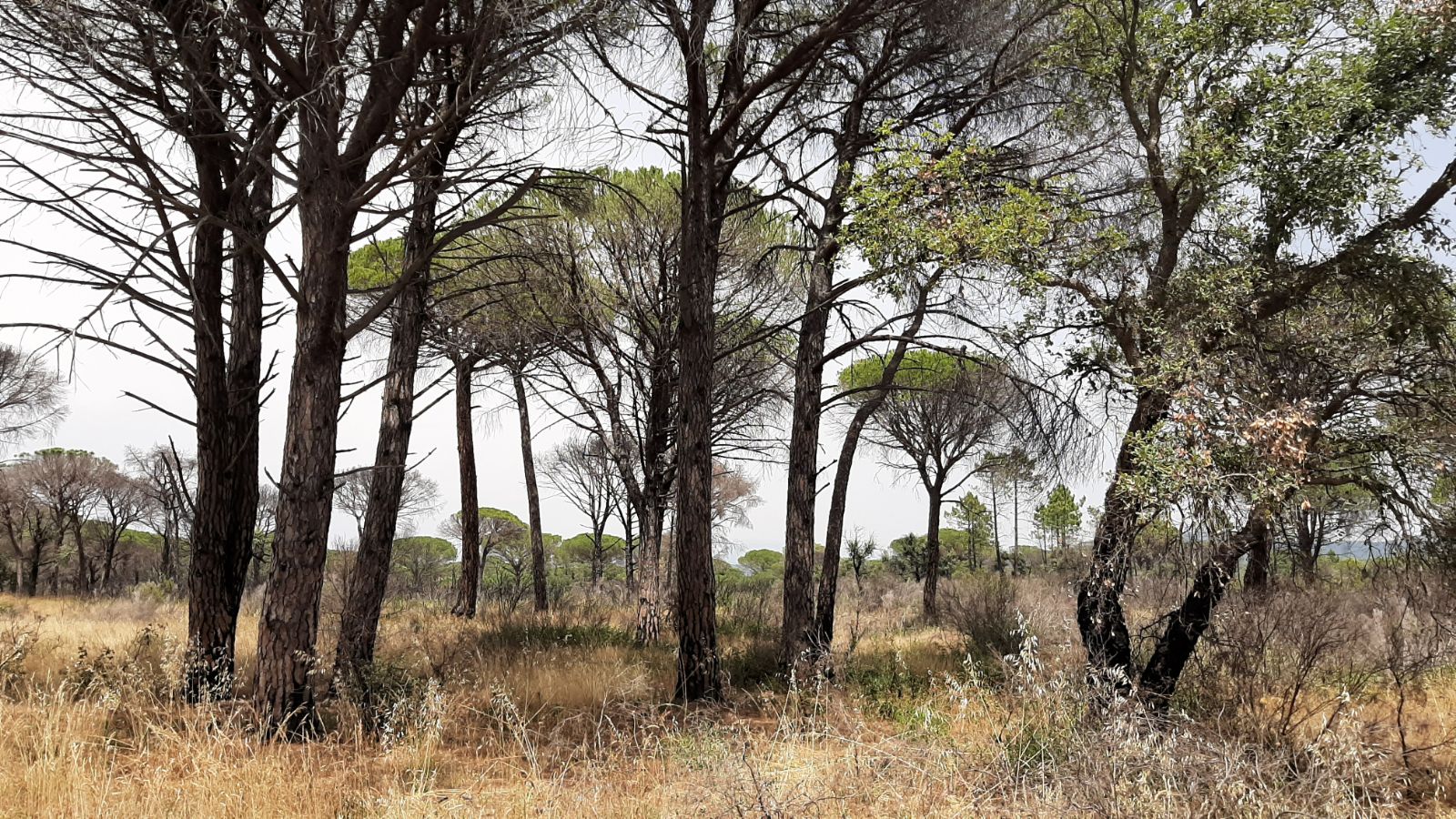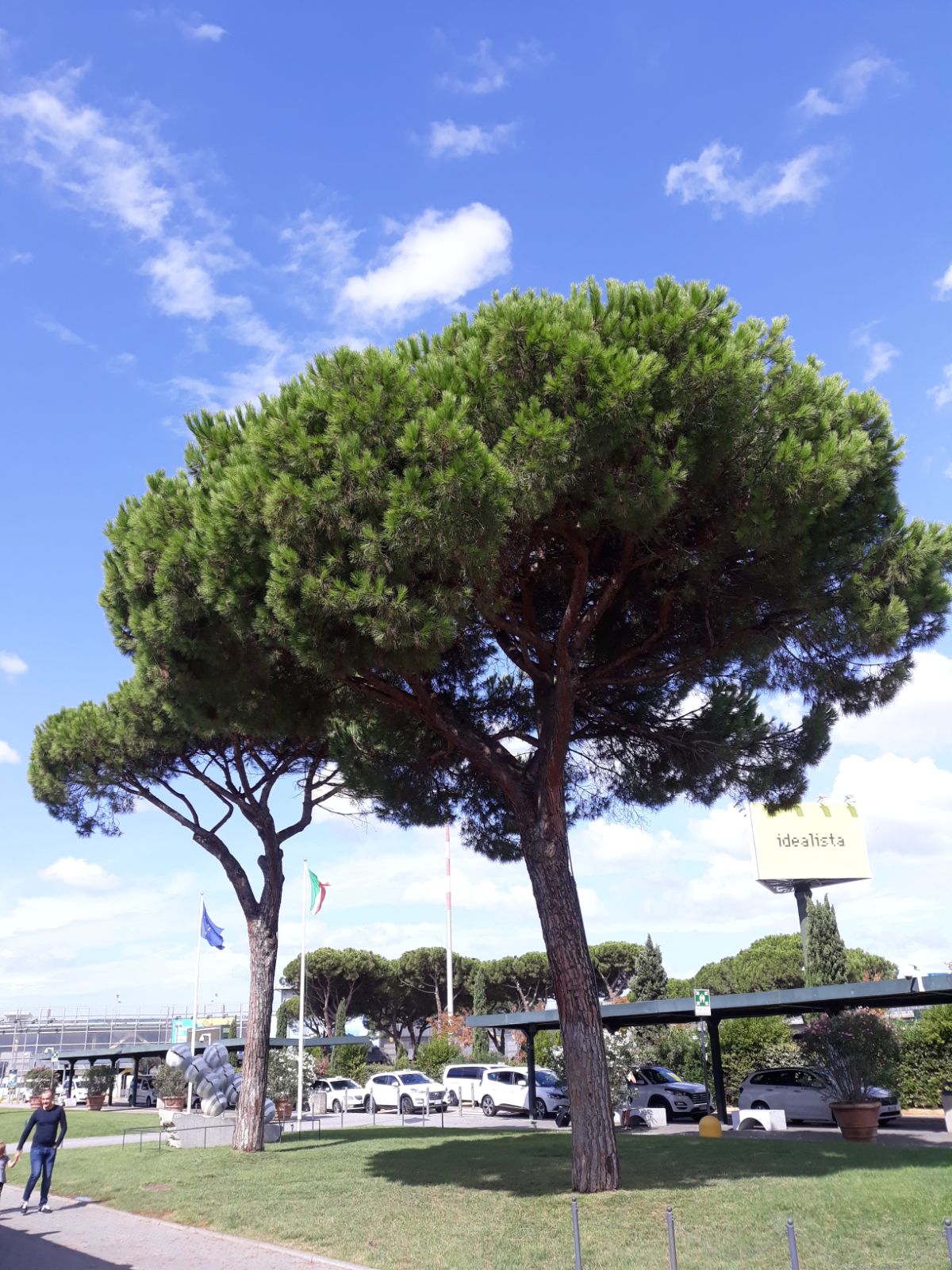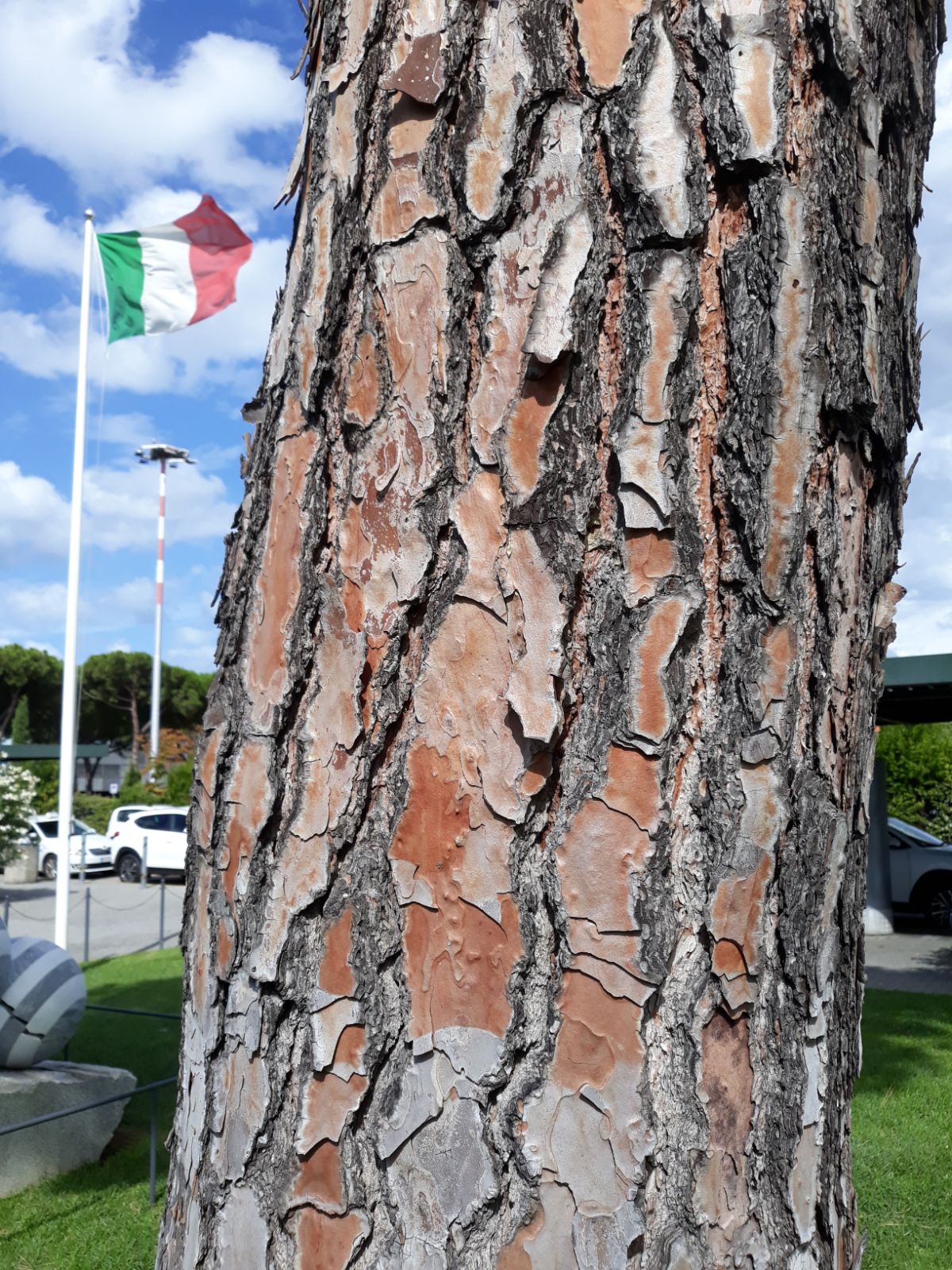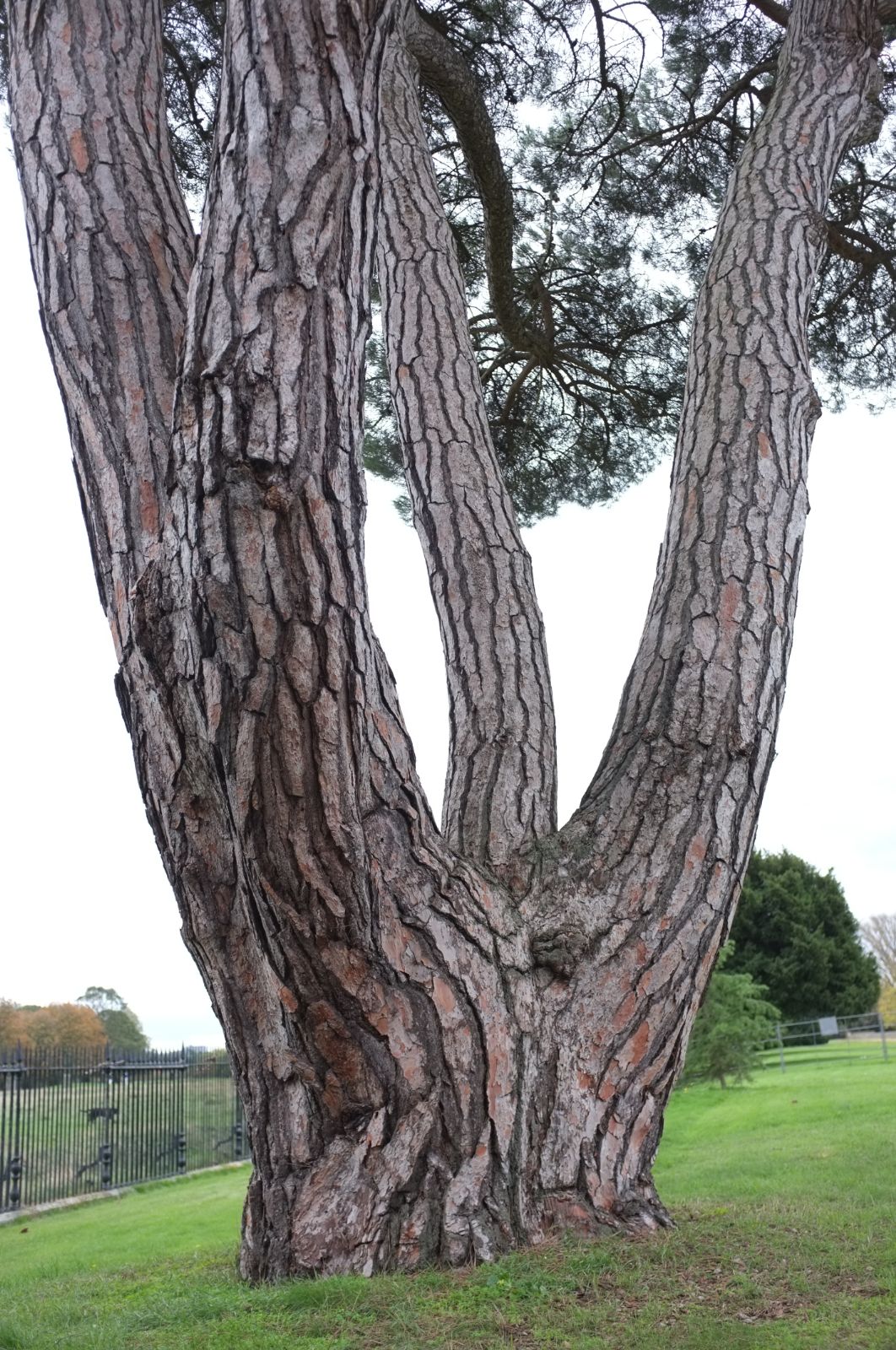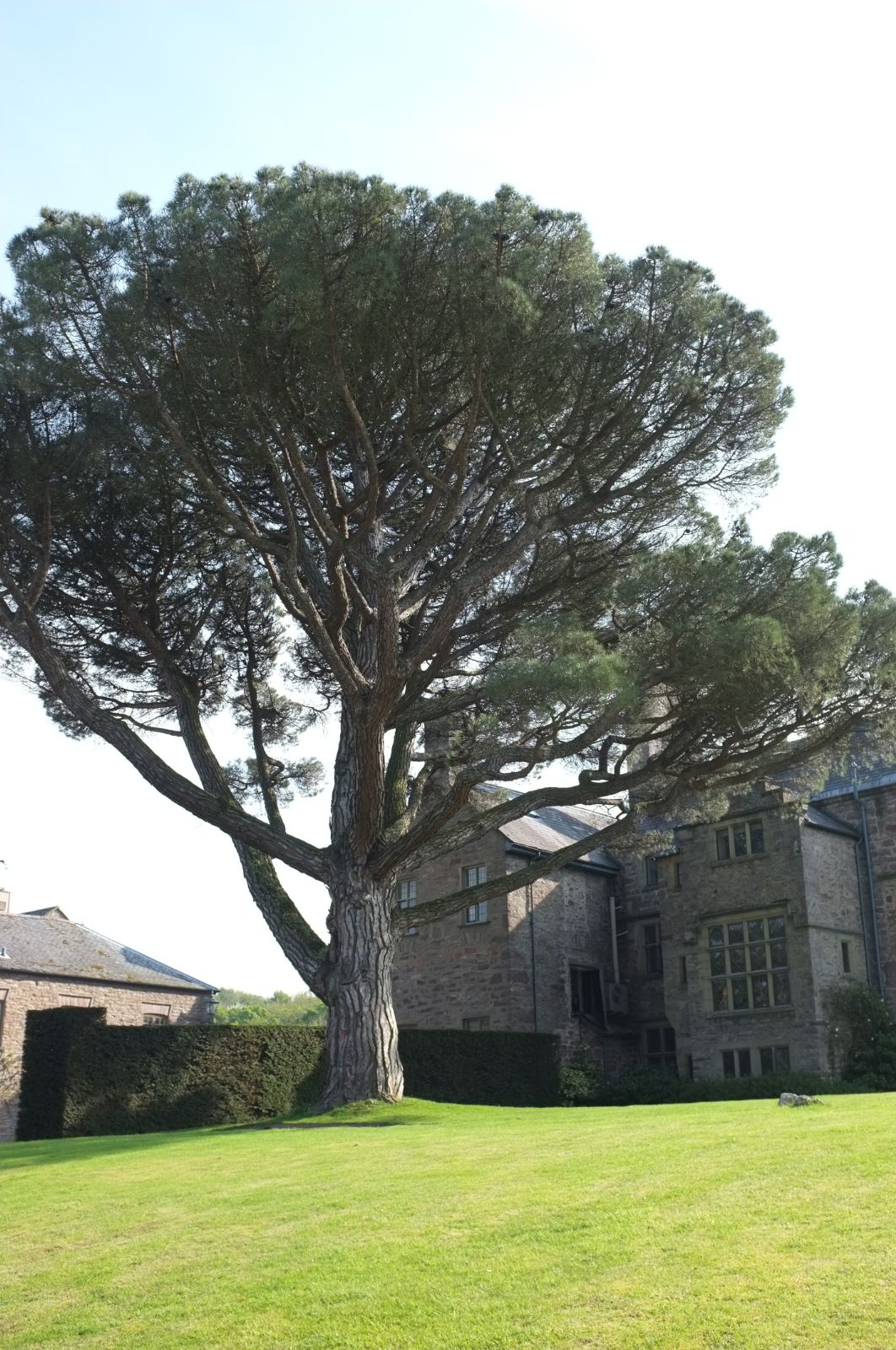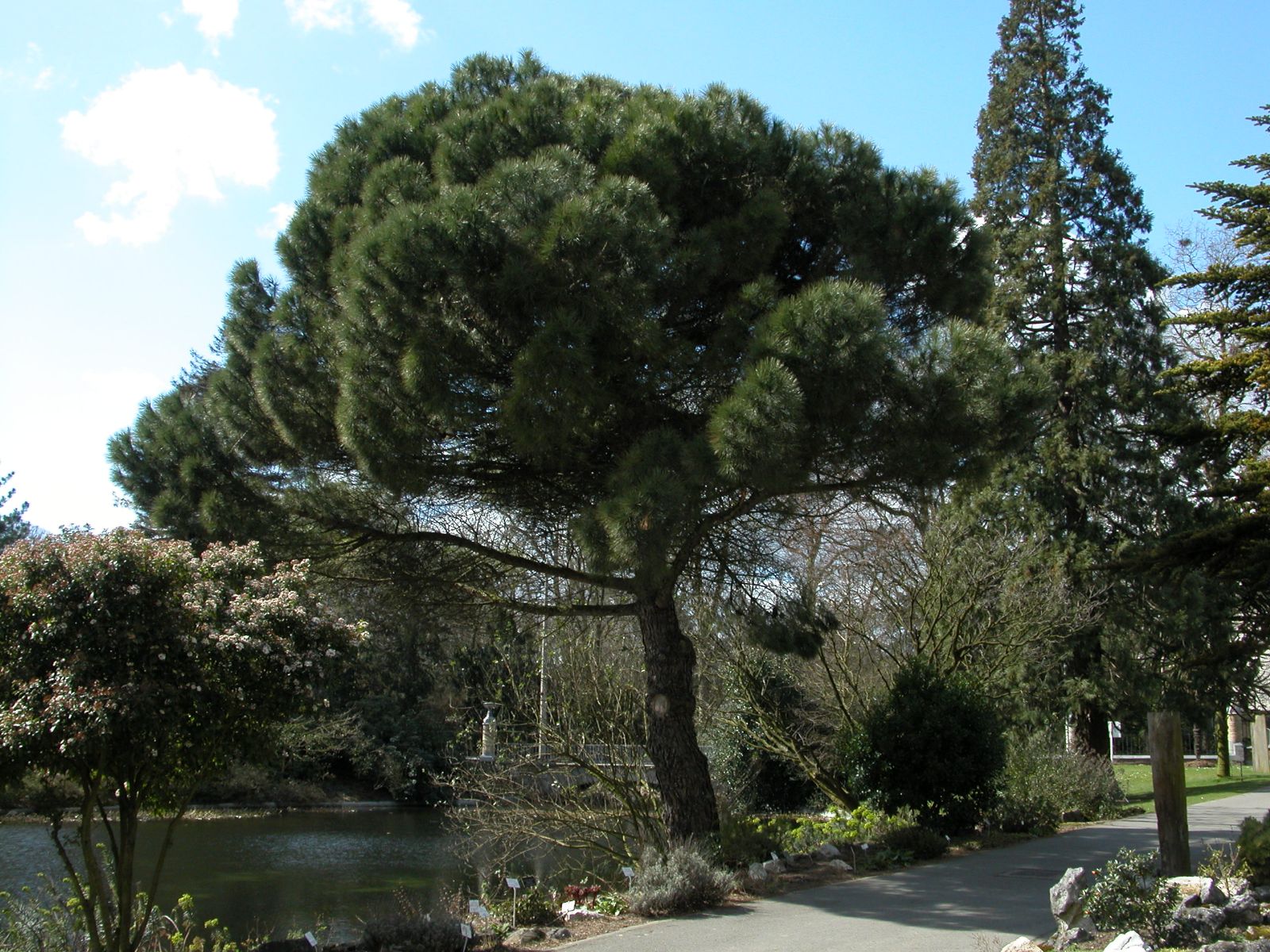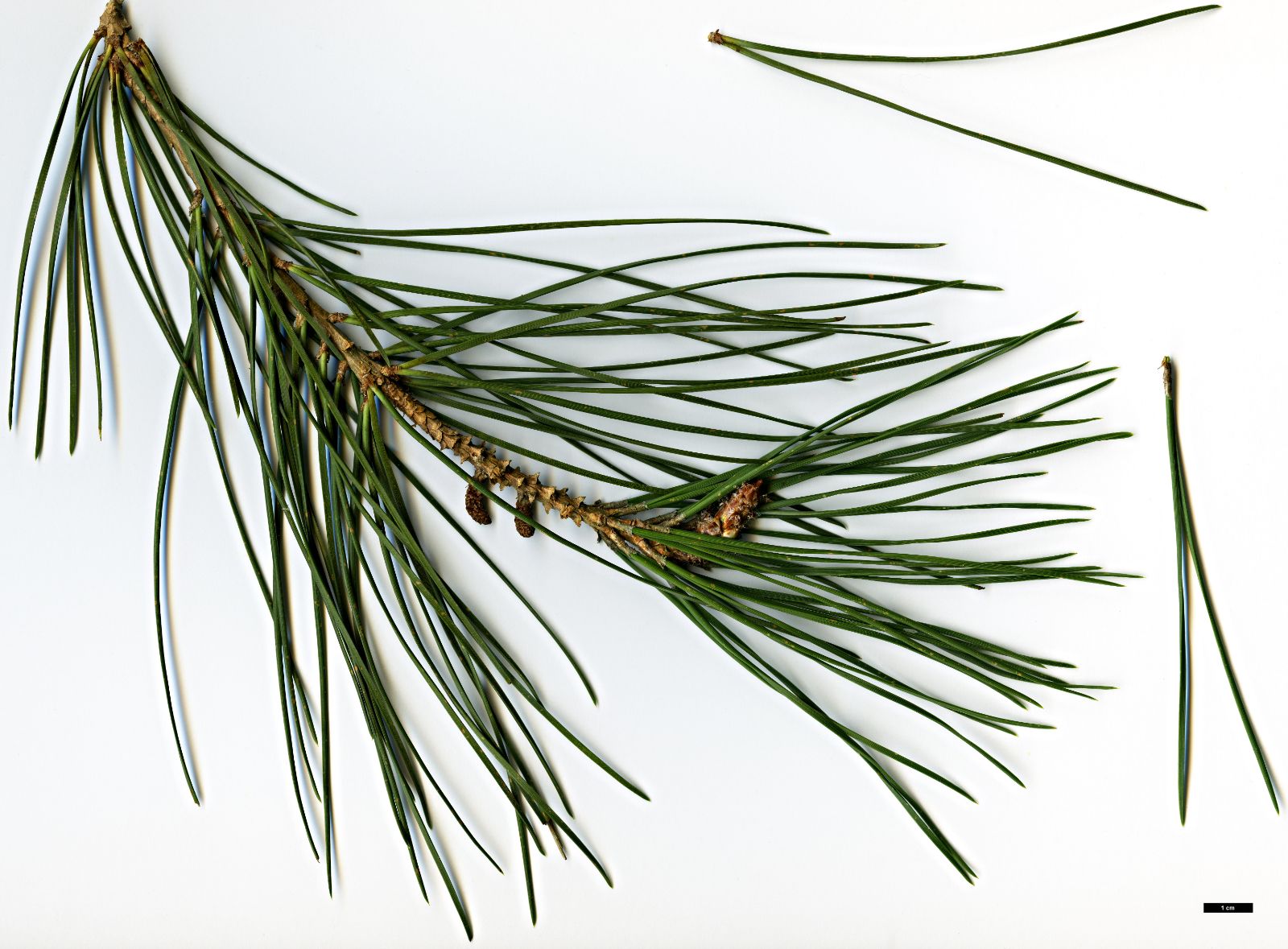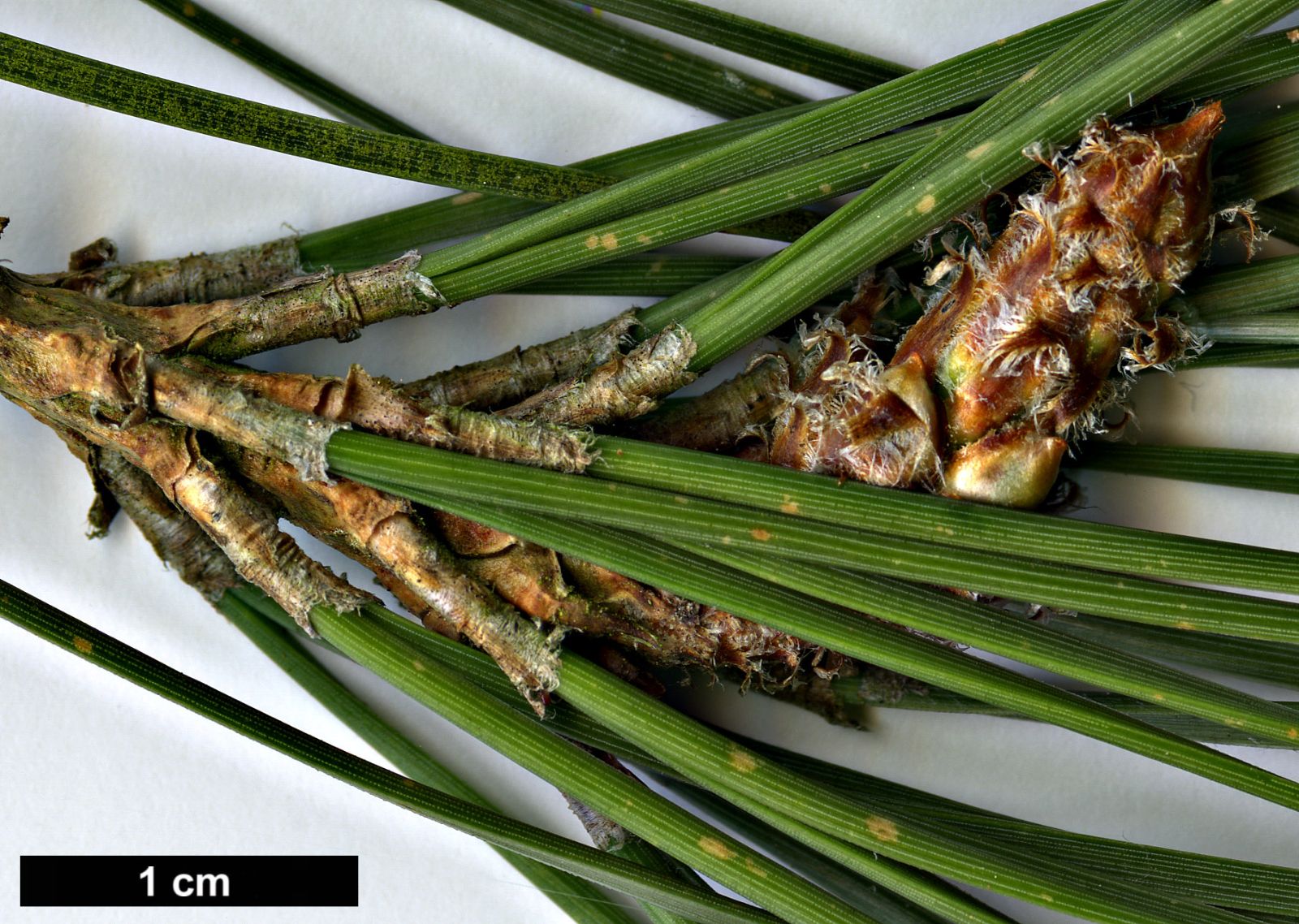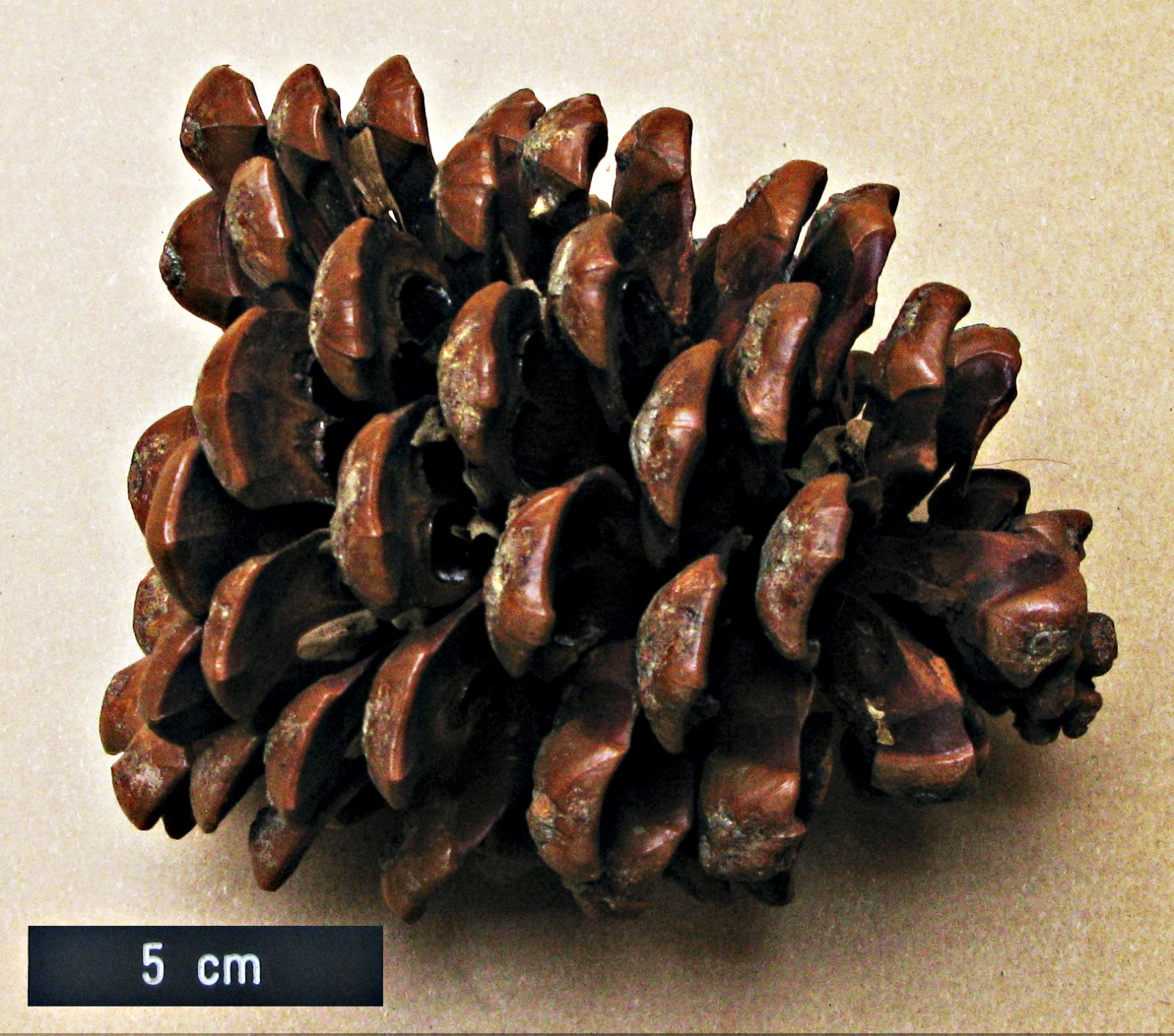Pinus pinea
Credits
Article from Bean's Trees and Shrubs Hardy in the British Isles
Recommended citation
'Pinus pinea' from the website Trees and Shrubs Online (treesandshrubsonline.
Genus
Common Names
- Stone Pine
Other taxa in genus
- Pinus albicaulis
- Pinus arizonica
- Pinus armandii
- Pinus attenuata
- Pinus ayacahuite
- Pinus balfouriana
- Pinus banksiana
- Pinus bhutanica
- Pinus brutia
- Pinus bungeana
- Pinus canariensis
- Pinus cembra
- Pinus cembroides
- Pinus chiapensis
- Pinus contorta
- Pinus coulteri
- Pinus culminicola
- Pinus densata
- Pinus densiflora
- Pinus devoniana
- Pinus durangensis
- Pinus echinata
- Pinus edulis
- Pinus elliottii
- Pinus engelmannii
- Pinus eremitana
- Pinus flexilis
- Pinus gerardiana
- Pinus greggii
- Pinus × hakkodensis
- Pinus halepensis
- Pinus hartwegii
- Pinus heldreichii
- Pinus henryi
- Pinus × holfordiana
- Pinus hwangshanensis
- Pinus jeffreyi
- Pinus johannis
- Pinus koraiensis
- Pinus lambertiana
- Pinus leiophylla
- Pinus longaeva
- Pinus massoniana
- Pinus maximartinezii
- Pinus monophylla
- Pinus montezumae
- Pinus monticola
- Pinus morrisonicola
- Pinus mugo
- Pinus muricata
- Pinus nelsonii
- Pinus nigra
- Pinus oocarpa
- Pinus orizabensis
- Pinus palustris
- Pinus parviflora
- Pinus patula
- Pinus peuce
- Pinus pinaster
- Pinus pinceana
- Pinus ponderosa
- Pinus pseudostrobus
- Pinus pumila
- Pinus pungens
- Pinus quadrifolia
- Pinus radiata
- Pinus remota
- Pinus resinosa
- Pinus rigida
- Pinus roxburghii
- Pinus sabiniana
- Pinus serotina
- Pinus sibirica
- Pinus strobiformis
- Pinus strobus
- Pinus sylvestris
- Pinus tabuliformis
- Pinus taeda
- Pinus taiwanensis
- Pinus teocote
- Pinus thunbergii
- Pinus torreyana
- Pinus virginiana
- Pinus wallichiana
- Pinus wangii
- Pinus yunnanensis
A tree varying in height according to the position in which it grows, from 40 to 100 ft; forming in the open a comparatively low tree with a short, deeply fissured trunk, supporting a broad spreading head of branches more in diameter than it is high. When the tree has been drawn up by others it becomes much taller, but develops the characteristically shaped head as soon as the opportunity comes. Young shoots not downy, pale yellowish brown, more or less devoid of leaves at the base. Buds very characteristic on account of the curly pointed scales edged with long silvery threads by which they are matted together; 1⁄4 to 5⁄8 in. long. Leaves in pairs, occasionally in threes, 3 to 5 in. long. Cones 4 in. wide, roundish egg-shaped, rounded at the top; glossy, pale brown. Seeds kidney-bean shaped, 3⁄4 in. long.
Native of S. Europe from Spain and Portugal eastwards to Greece and Asia Minor; cultivated in England for probably four centuries at least. Its flat spreading head of branches is one of the most picturesque and characteristic objects of Italian scenery. A famous forest of this pine is that of Ravenna, near the coast of the Adriatic, about 16 miles long, and 1 mile wide, which, though man-made, has existed for at least 1,500 years and was called by Dante ‘la divina foresta spessa e viva’ (Purgatorio, xxviii, line 2). The tree has always been valued in Italy for its edible seeds, and as their husks have been found in the refuse heaps of Roman encampments in Britain, they would appear to have been sent over for the use of the army in occupation. Young plants are apt to be cut by severe frosts, and transplant badly if allowed to remain more than two or three years in one place. The solitary, very glaucous needles about 1 in. long, characteristic of seedling one- or two-year-old plants, are frequently to be observed on scattered shoots over much older plants. Amongst two-leaved pines this is well distinguished by its habit, its large rounded cones, and by the fringed scales of the winter-bud.
The well-known tree at Kew near the Succulent House must have been planted in the first half of the last century; its measurements are 42 × 83⁄4 ft (1958). A tree at Embley Park, Hants, measuring 72 × 111⁄4 ft (1971), is the largest in the British Isles, both in height and girth. Some other specimens are: Leonardslee, Sussex, 51 × 81⁄2 ft (1961); Pylewell Park, Hants, 46 × 81⁄4 ft (1968); North Manor, Crickhowell, Brecon, 60 × 103⁄4 ft (1971); Dartington Hall, Devon, 55 × 91⁄2 ft (1968); Fota, Co. Cork, Eire, pl. 1847, 54 × 8 ft (1966).
From the Supplement (Vol. V)
specimens: Kew, near Succulent House, planted early in the 19th century, 51 × 93⁄4 ft at 2 ft (1981); R.H.S. Garden, Wisley, Surrey, Director’s House, 72 × 73⁄4 ft, a good specimen (1986); Knepp Castle, Sussex, 51 × 101⁄2 ft at 3 ft (1981); Embley Park, Hants, 75 × 111⁄2 ft (1986); Bryanston School, Dorset, 56 × 11 ft (1983); ***Dartington Hall, Devon, 70 × 91⁄2 ft at 3 ft (1984); Mount Edgcumbe, Cornwall, 56 × 91⁄4 ft (1983); Portmarr (North Manor), Crickhowell, Powys, pl. c. 1820, 66 × 111⁄4 ft at 3 ft (1984).

